| Sorted by date | |||
page141from Building Ideas
reading with the alternative “systematic”
(or categorical) approach.8 The gridded structure that Barthes makes use of
here was often adopted by Lévi-Strauss, particularly for the complex analysis of mythemes in his
later work on the science, or “logics”, of myth.
Barthes,
however, by contrast with Lévi-Strauss, used the term “myth” to refer to “ideology” which he saw
as a way of distorting meaning in favour of a dominant political or economic
power. The thinking behind this process of distortion will be dealt with more
fully in Chapter 5, but for now it is important to recognize that Barthes also
had another agenda – questioning the deterministic principle of Lévi-Strauss’ linguistic model.
Barthes does this be returning to the nature of the sign and the arbitrary
attachment between signifier and signified, thereby challenging the inference
in Lévi-Strauss’
work that culture should be seen as a “static” system. If signs are agreed on
by convention then Barthes claims they must be capable of change, and therefore
to neglect the historical dimension of language leads to the confusion of
nature and culture. As he wrote in his collection of essays, Mythologies(1957):
The
starting point of these reflections was usually a feeling of impatience at the
sight of the ‘naturalness’ with which newspapers, art and commonsense
constantly dress up a reality which, even though it is the one we live in, is
undoubtedly determined by history … I resented seeing Nature and History
confused at every turn, and I wanted to track down, in the decorative display
of what-goes-without-saying, the ideological abuse which, in my view, is hidden
there.9
Reflecting
on matters as divergent as a wrestling match, Elle magazine, a plastics
exhibition and the new Critröen DS, Barthes was constantly on the lookout for
the political undercurrents in everyday experience. On the principle that every
object is a sign and that every
|
|||
|
|||
|
|
 ... ...
... ...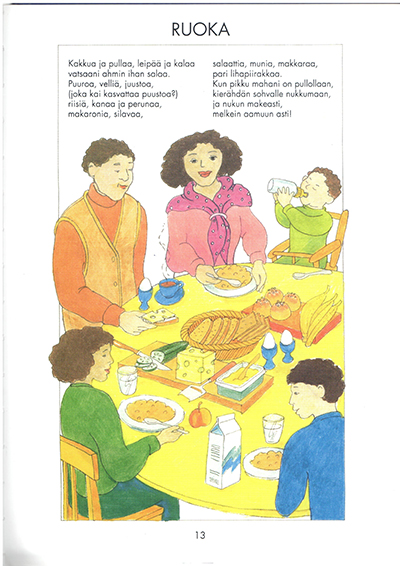 ... ...
... ... ... ...
... ...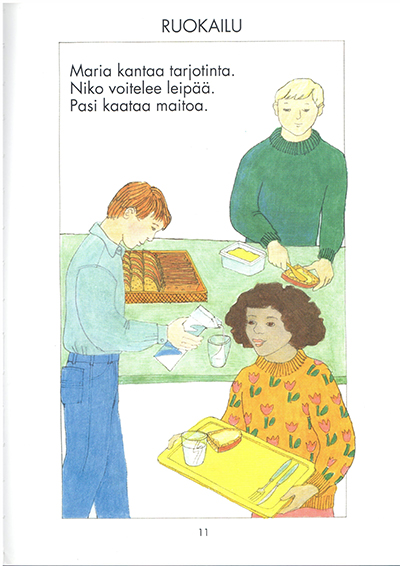 ... ...
... ...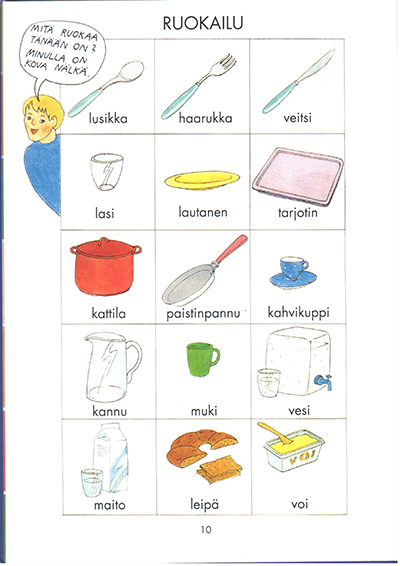 ... ...
... ...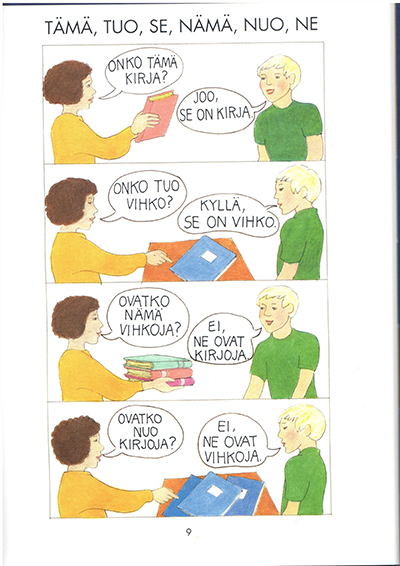 ... ...
... ...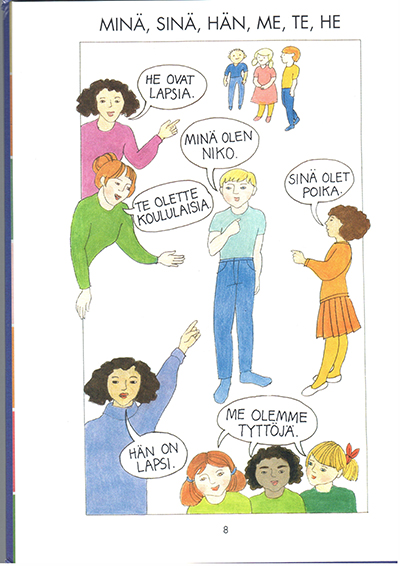 ... ...
... ...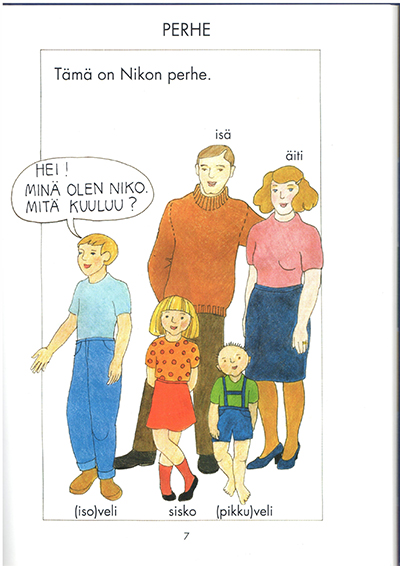 ... ...
... ...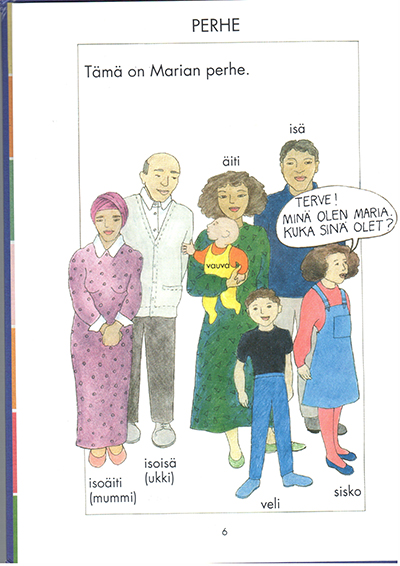 ... ...
... ...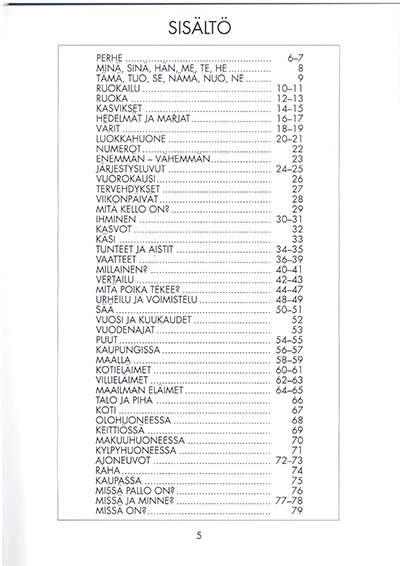 ... ...
... ...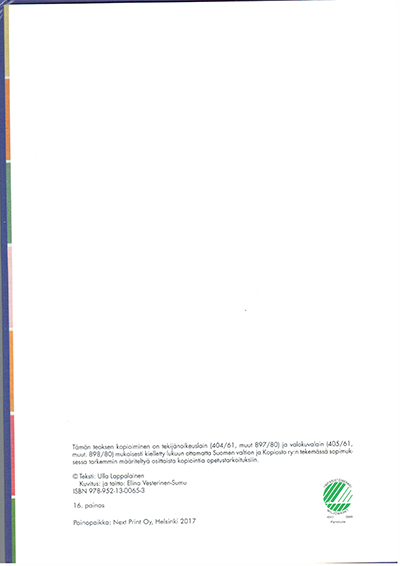 ... ...
... ...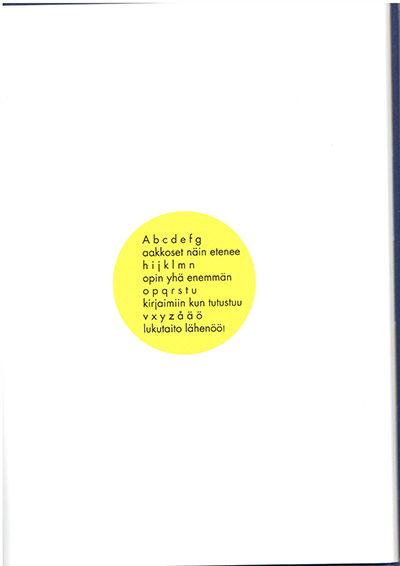 ... ...
... ...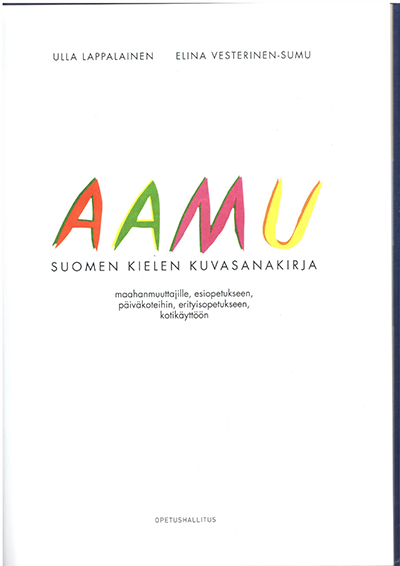 ... ...
... ...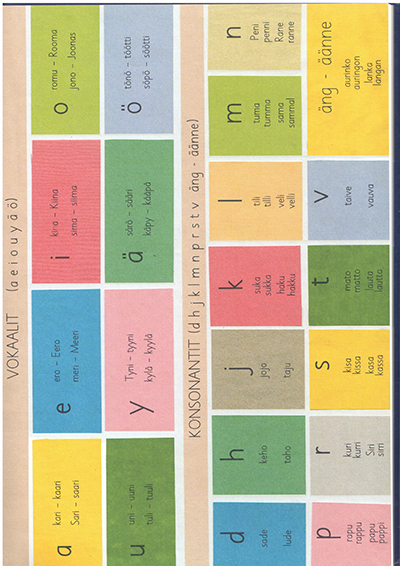 ... ...
... ...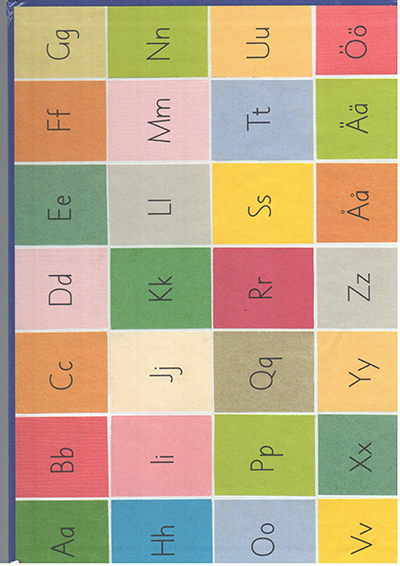 ... ...
... ...